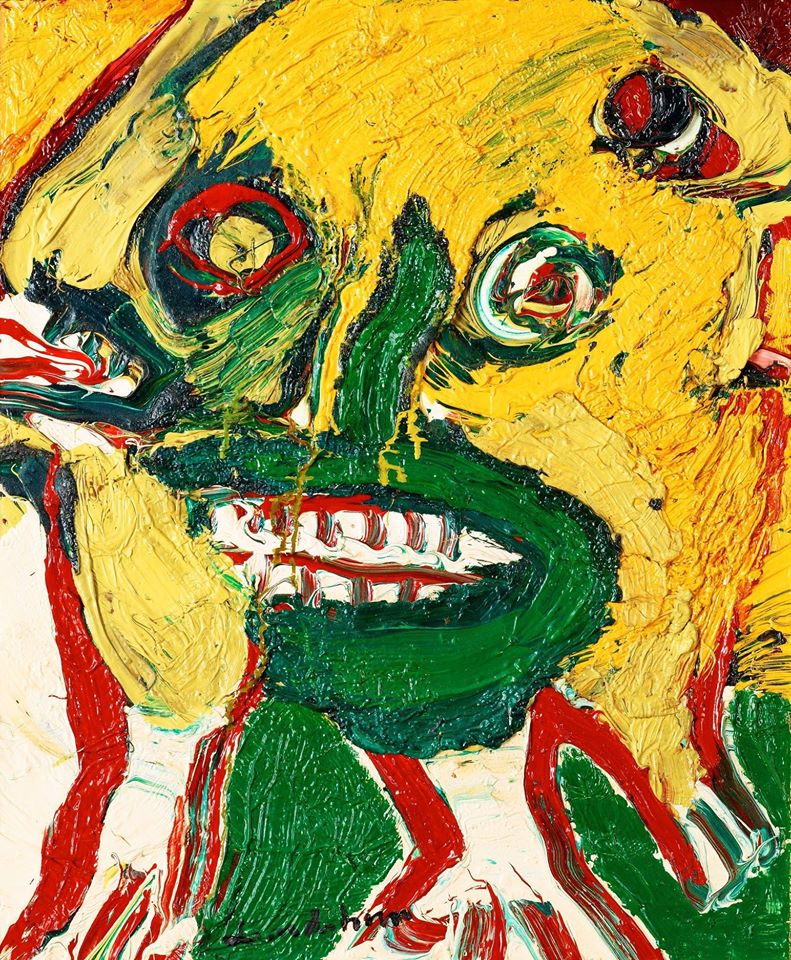The mystery of the Olof Palme
An important figure of Swedish political life, Olof Palme led the Swedish Social Democratic Party (Sweden) from 1968 until his tragic death in 1986. International, he is best known for being first Minister of the Kingdom between 1969-1976 and 1982-1986.
Like his country, the politician maintained strict neutrality throughout the Cold War between the Soviet and Western blocks. Condemning the excesses of the two super-powers, he protested against the war in Vietnam and had strong criticism on apartheid in South Africa and the Pinochet regime in Chile. Ironically, the US accused him of being a Russian agent and, at the same time, the Soviet Union accused him of being an American spy!
Olof Palme was a strong defender of the folkhemmet (literally the “people’s home” but more precisely meaning “Swedish model”) whose essential feature is to make the Swedish state a home and the Swedish a large family. This model was dangerously shaken on February 28, 1986 with the assassination of Olof Palme in the middle of a street in Stockholm. Since the killer has never been found, multiple conspiracy theories have spread involving the US or the Soviet Union.
With the disappearance of its great man, the Kingdom lost its innocence. Foreign media reported that the very foundation of the Swedish model was touched. Tested, the Swedish people then stood up to defend their lifestyle, especially supporting a political class which was used to move around without a guards, allowing them to remain in close connection with the population. Almost two decades later, this very Scandinavian openness cost the life of foreign minister Anna Lindh, also murdered in Stockholm in 2003.
Interestingly, this period coincides with the development of the northern police novel on an international stage, represented by the duo of authors Sjövall and Wahlöö. Also, we would like to mention the famous Stieg Larsson, author of the Millennium
saga, who has spent a lot of time to investigate the assassination of
Olof Palme, feeding the plot of his trilogy.
The Nordic model feeds a true fascination with secret and cover-up.
With this portrait of Olof Palme, Bengt Lindström – remaining Swedish at heart – is also part of the footsteps of his eminent contemporary.

